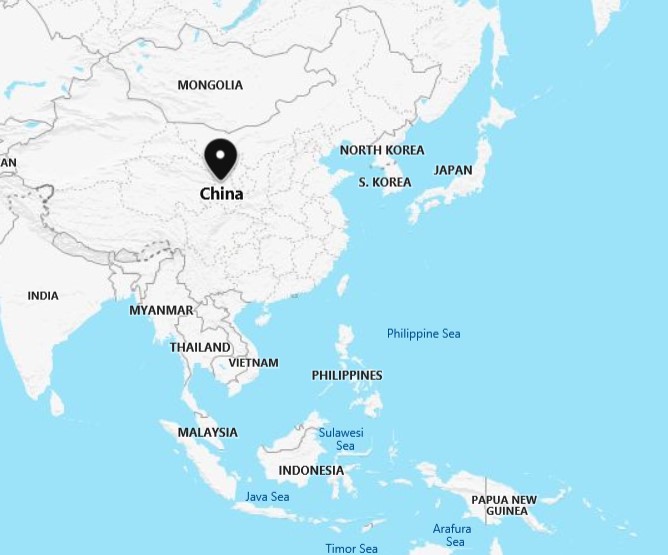China’s lockdown of Wuhan and its surrounding areas to contain the coronavirus represents the first large-scale quarantine in modern times.
The effectiveness of attempting to cordon off the epicenter of the disease — an area of roughly 40 million people — will probably be scrutinized far into the future.
“The containment of a city hasn’t been done in the history of international public health policy,” said Shigeru Omi, who headed the World Health Organization’s Western Pacific Region during the SARS outbreak in the early 2000s. “It’s a balance between respecting freedom of movement of people, and also prevention of further disease and public interest. It’s not a simple sort of thing; it’s very complex.”
Aside from raising questions about its probable effectiveness and implications for human rights, a quarantine could cause panic, public health experts said. The government will also have to ensure supplies of food, water and medical materials.
Some argue the authorities may have had no choice, since certain patients appear to have milder symptoms that can go undetected, allowing them to unwittingly spread the disease. Saturday also marks the start of the Lunar New Year holiday, when more than 500 million trips by plane and rail may be taken within and out of China.
Restricting the movement of those who may be carriers of diseases is an approach that goes as far back as the 14th century, though historically it was used mainly in smaller cities or neighborhoods. In China, the city of Wuhan alone — where the first outbound travel restriction was announced — has a population greater than any U.S. city at 11 million.






Recent Comments